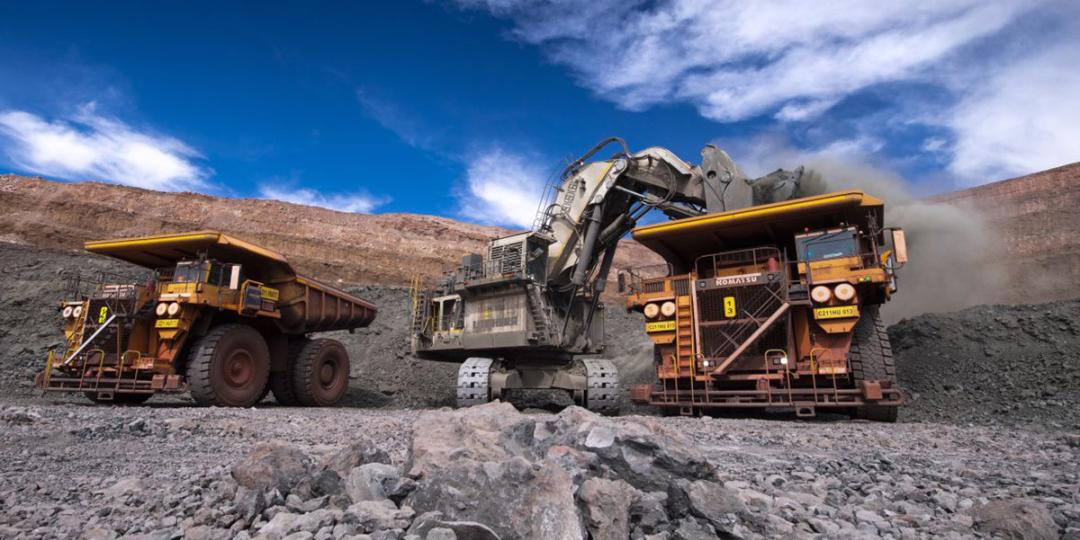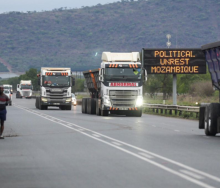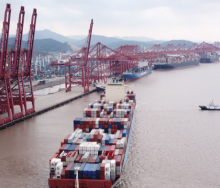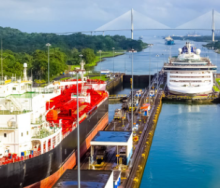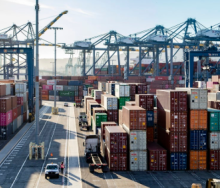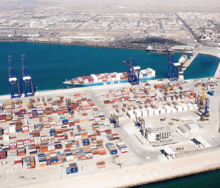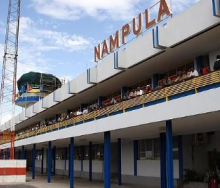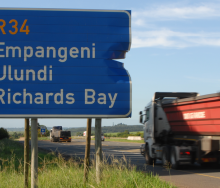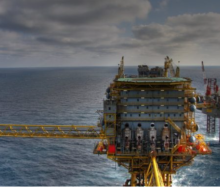South Africa’s mineral production had exceeded R1 trillion for the first time last year thanks to strong commodity prices providing the economy with a vital injection, the Minerals Council of South African announced on Monday.
Speaking just before the opening of the annual ‘Investing in Africa Mining Indaba’, Council CEO Roger Baxter said the importance of mining for the South African economy could not be understated as it was critical for the country, the broader economy, the fiscus, and the labour market.
The Minerals Council on Monday published its annual Facts and Figures publication, providing in-depth data and insights into the status and performance of the mining industry and its contribution to the economy in 2021.
Baxter said the performance of the mining industry after two years of disruptions caused by the Covid-19 pandemic had played a critical role in stabilising South Africa’s economy, which had slowed under lockdown conditions, and it had injected capital into the fiscus, allowing the government to support millions of people with a basic income grant.
“The industry increased employment during 2021, a rare occurrence for a major economic sector in the prevailing climate, more than offsetting the jobs lost in 2020, mainly because of Covid, and adding additional jobs to the economy,” he said.
The value of production was just shy of R1.2 trillion in 2021 and well above the R910 billion achieved in 2020.
Baxter said the boost in value was a result of improved commodity prices, which were 40% higher year-on-year in dollar terms and 20% higher in rand terms. A 12% firming of the rand against the dollar meant mining companies, however, did not reap the full benefit of international commodity prices.
It was not all good news, however, as Baxter warned about ongoing concerns over the performance of state-owned entities such as Eskom and Transnet. “The Minerals Council remains concerned about rail and port constraints, which it estimates resulted in an opportunity cost of R35 billion for 2021 based on railed tonnages compared to Transnet’s targeted tonnages. If the capacity of the rail network for bulk commodities like iron ore, coal, and chrome is considered, the opportunity loss is R50 billion, a third of which would have flowed into the fiscus,” said Baxter. “While mining companies did extremely well financially, there are underlying challenges which are demanding our full attention. We are working closely with Transnet to address the constraints that are preventing SA Inc from fully benefiting from high commodity prices and strong demand for our minerals.”
He said while there were concerns over energy, another concern was that mineral production by volume had not increased significantly and that costs continued to accelerate faster than inflation.
